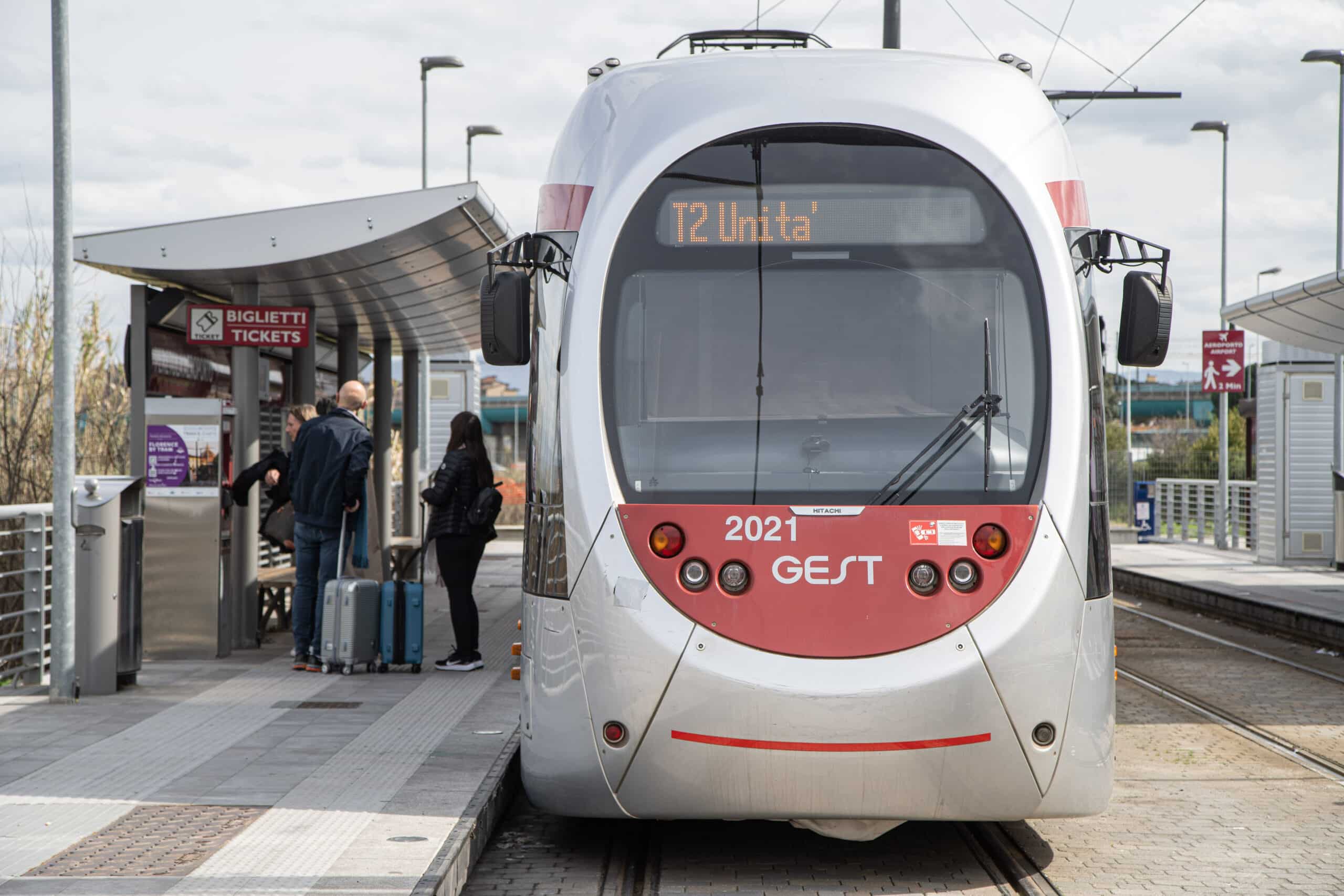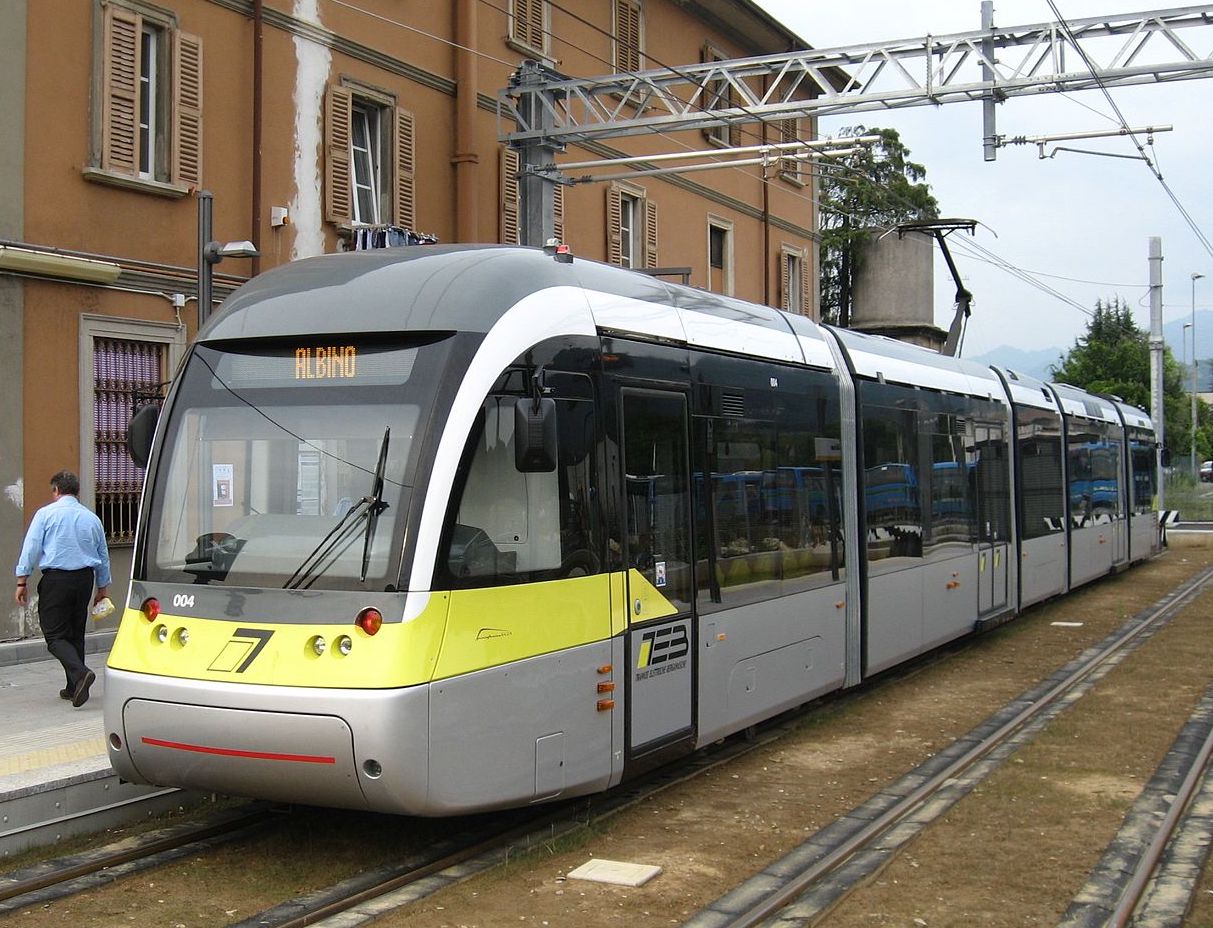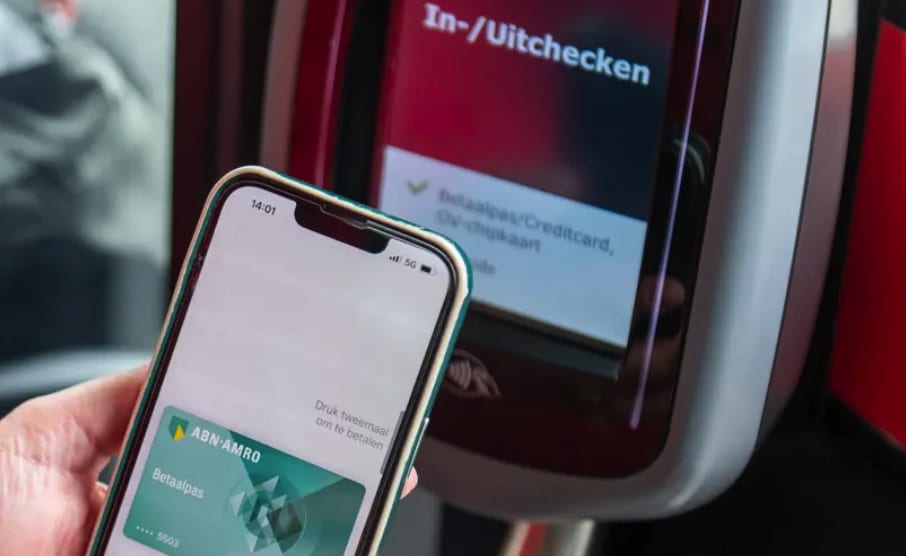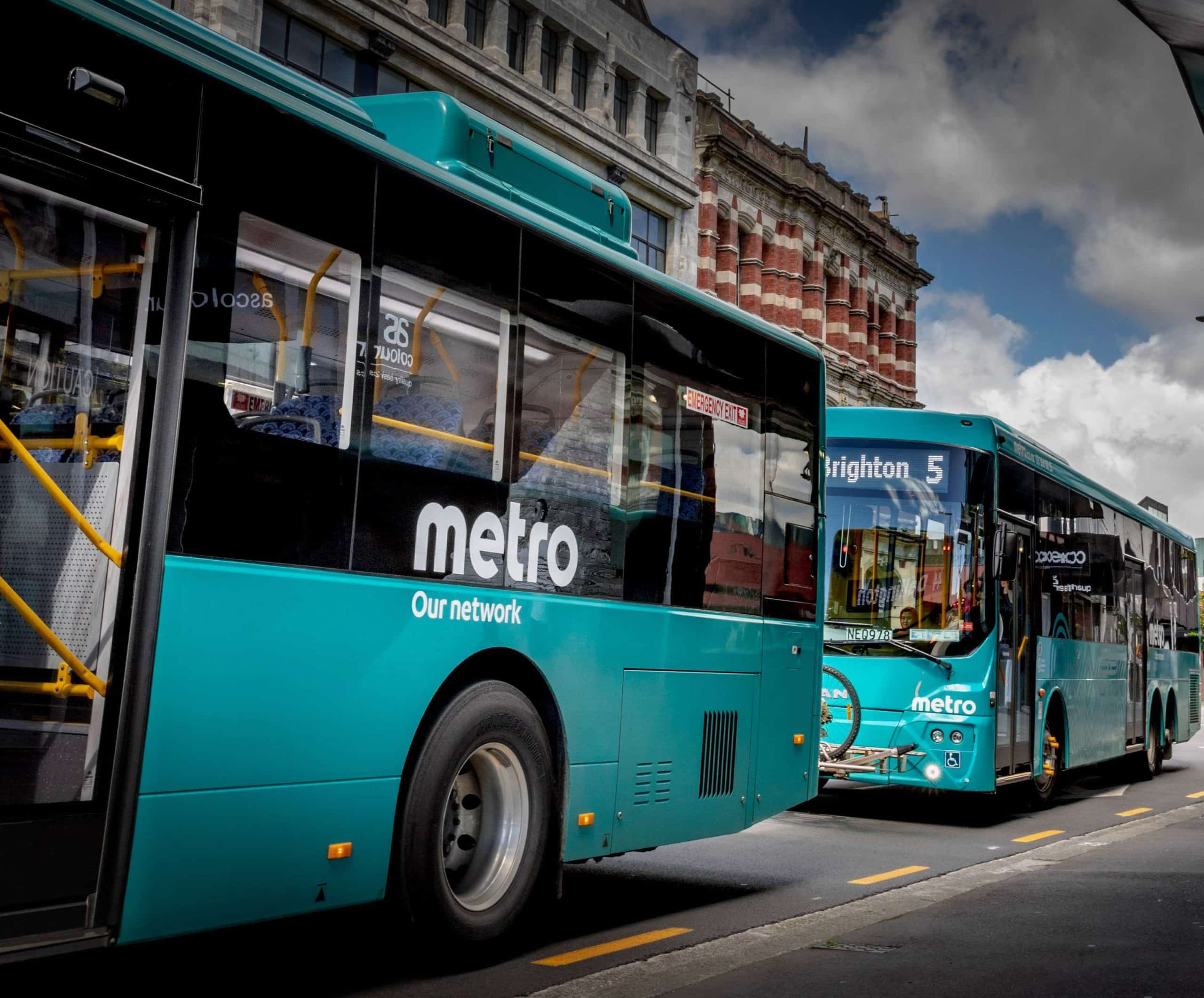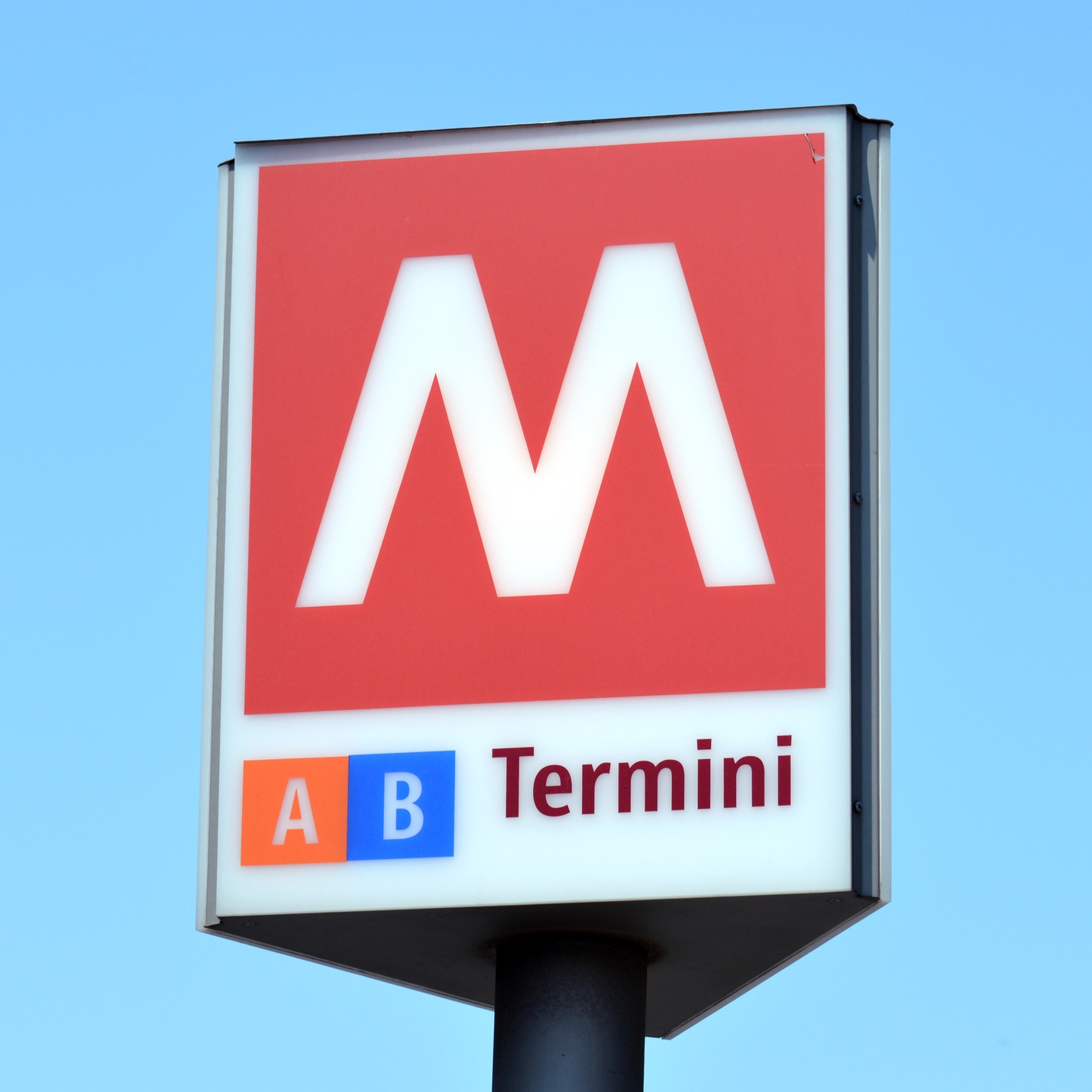
Article Highlights
ATAC launched contactless EMV payments about 18 months ago on the Rome Metro and certain urban commuter rail lines, and is expected to expand it to other modes, such as buses. Customers want to use the contactless technology because they believe it is less risky for catching Covid. But cash and paper tickets still dominate fare payments.
During a six-month period in the past year, ATAC’s Amendola said that no more than 20% of riders used electronic payments while the majority of people, around 80%, used cash. Regular ridership from contactless EMV payments is still believed to be much less than 20%, however.
• ATAC Rome
• Vix Technology
• ATM Milan
The CIO of Italy’s largest public transit operator, ATAC SpA, said the Covid-19 pandemic has accelerated demand for open-loop contactless and mobile payments, but added that old habits are hard to break for customers and use of cash and paper tickets are still popular.







